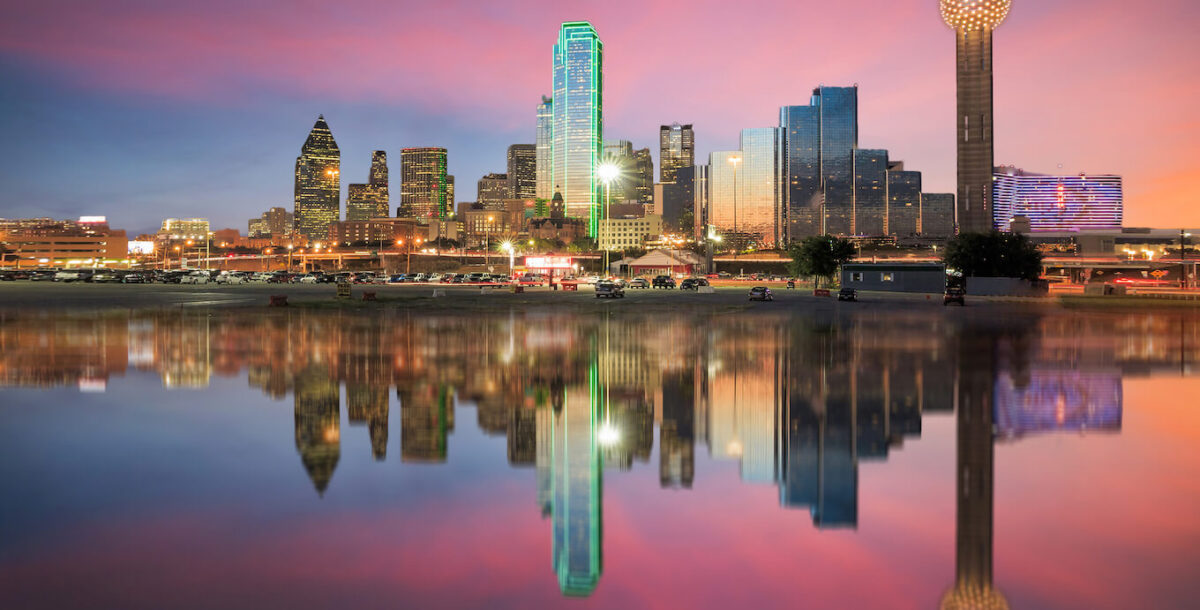From cold, wet winters to devastating defeats, the life of the average American revolutionary soldier wasn’t always glorious. Fighting for so much more than himself, each man (and sometimes each woman) who volunteered to serve in the Continental Army and champion the formation of a new republic did it knowing that the decision could be his last. More than 240 years later, the relics of the bravery, perseverance, and sacrifice still dot the lands of Eastern Pennsylvania, standing as silent, strong reminders of the power of freedom.
Why was Valley Forge so important? Look to the Revolutionary War monuments, battlefields, and historic parks, and you quickly answer that question for yourself. The many lesser-known war monuments of Eastern Pennsylvania offer history buffs and locals the chance to explore the rich history of the American Revolution through a new, more personal lens.
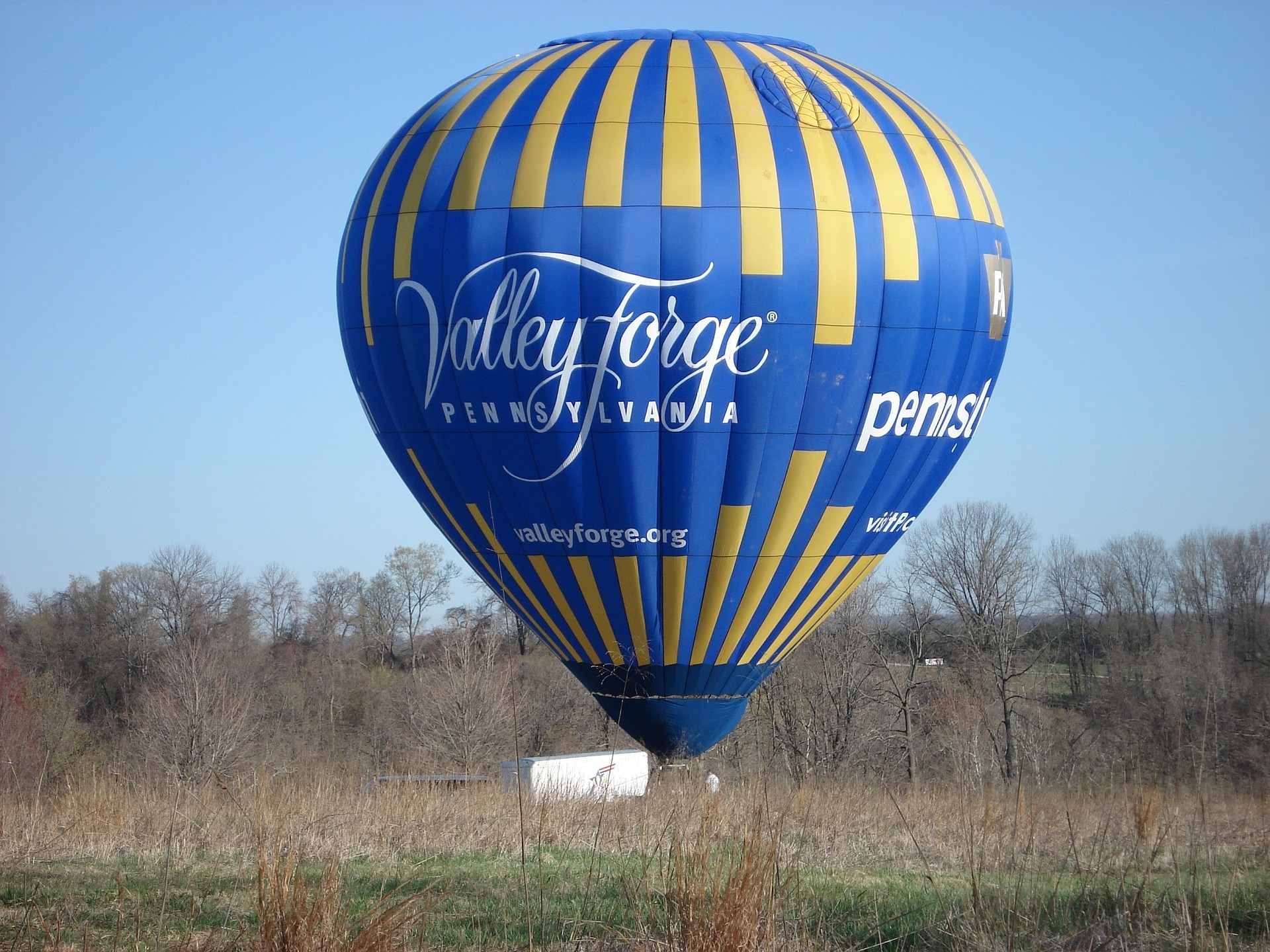
Valley Forge National Historical Park: Where an Army Was Made
Battle-worn, hungry, and ill-trained, the Continental Army, led by General George Washington, set up camp on December 19, 1777, along the plateaus of Mount Joy and Mount Misery, just 20 miles northwest of Philadelphia in the area known today as Valley Forge. Revolutionary War Supply shortages, injuries, disease, and famine took their toll on the men, and nearly 2,500 of the more than 10,000 soldiers who arrived lost their lives at Valley Forge.
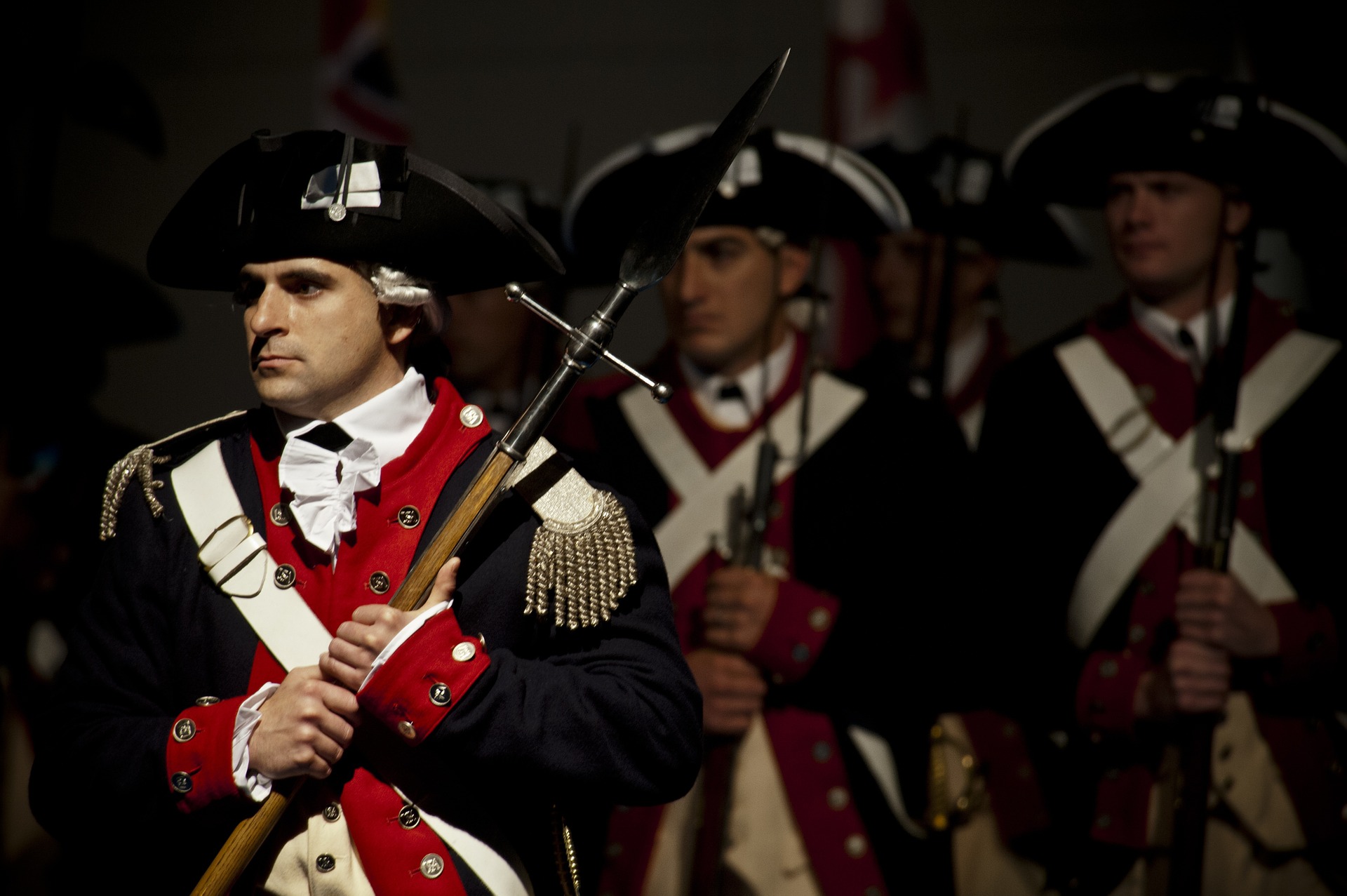
The park takes you backwards in time to imagine life at Valley Forge during the Revolutionary War. While there, take time to walk the trails and try to picture the area as a busy army camp. Then check out some of the most important Revolutionary War monuments in the park, including:
- National Memorial Arch: Located on a hilltop near the Gulph Road and Outerline Drive intersection, this towering arch has a powerful inscription at the top with a quote from Washington, “Naked and starving as they are, we cannot enough admire the incomparable Patience and Fidelity of the Soldiery.”
- General Anthony Wayne Monument: A bronze statue of this war hero on horseback stands on a base of pink granite facing the General’s home of Chester County. There’s a plaque listing all of Wayne’s accomplishments on the north side.
- Baron von Steuben Monument: When you look at this monument of General Frederick Augustus Henry Ferdinand (Baron von Steuben as he’s more commonly known), you can almost imagine the man himself inspecting the soldiers as they ran their drills. This impressive 8.5-foot statue honors the role von Steuben played in the Valley Forge American Revolution with simple, elegant details. It’s located just off Route 23.
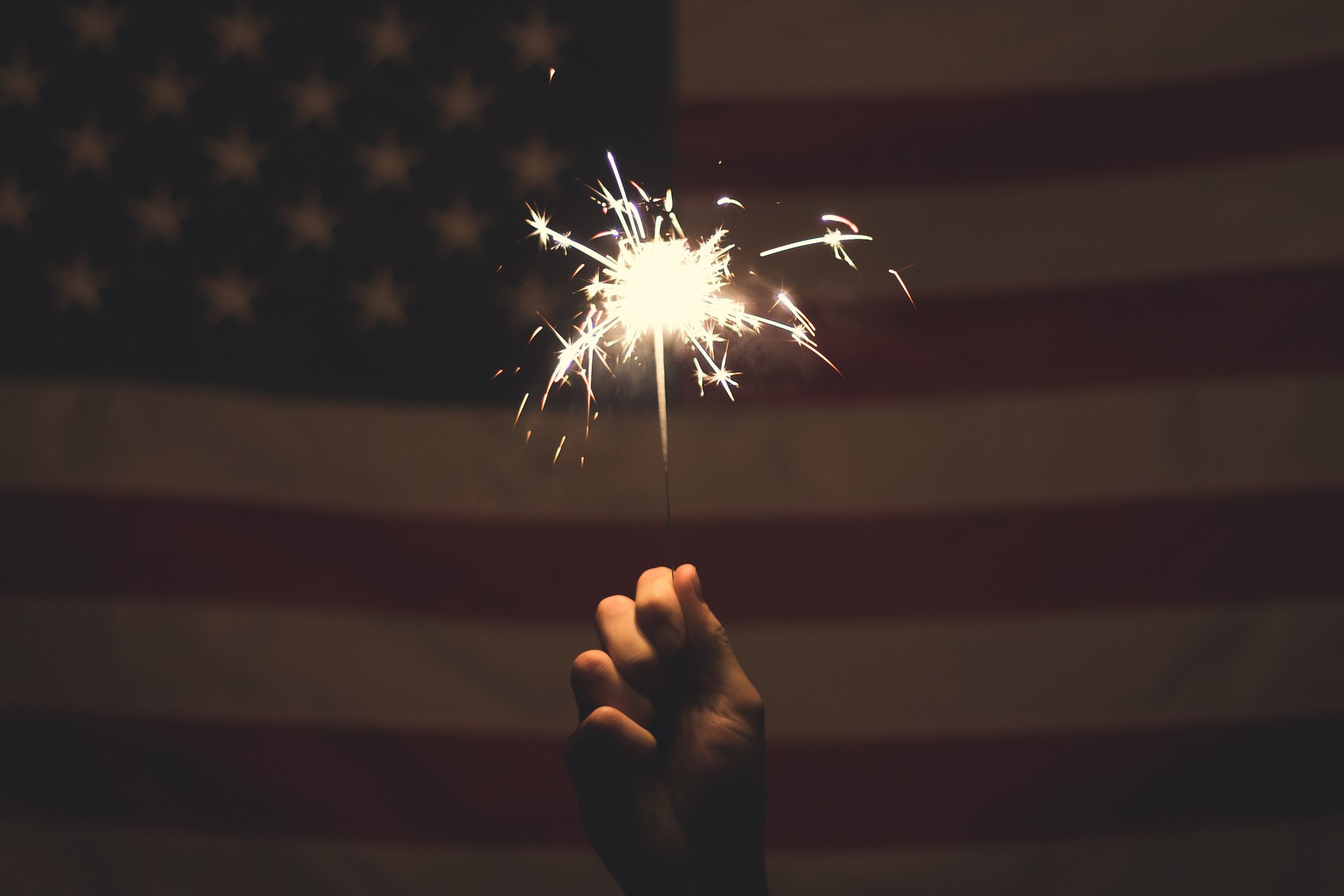
Other Valley Forge Attractions
There’s more here than just Revolutionary War monuments. Some of the area’s other attractions weave a rich tapestry of life at Valley Forge during the war. Some of the top attractions to visit include:
- Hope Lodge at Fort Washington State Park: A Home for the Sick
Prior to setting up shop at Valley Forge in December of 1777, George Washington’s army spent six weeks at nearby Whitemarsh, Pennsylvania. During that time, Hope Lodge (formally Whitemarsh Estate) housed a hospital for the Continental Army run by Surgeon General John Cochran. During the critical early weeks of the Philadelphia Campaign, the sites at Whitemarsh, including Hope Lodge, became a haven to soldiers in need of medical care.
If you visit on a Sunday during the months of April through October, you can take one of the lodge’s guided tours. If you’re lucky enough to visit in November, you can experience Valley Forge in a whole new light during the annual Whitemarsh Encampment event, which includes war re-enactments, house tours, crafts, and food.
- Fort Washington State Park
Next door, Fort Washington State Park offers travelers open spaces for recreation and communing with nature. This is the land where Washington’s army built temporary shelter in November 1777 before fighting the Battle of White Marsh and marching on to their winter home at Valley Forge.
- Pottsgrove Manor: Supplying the Troops
During the tough winter of 1778, a lack of supplies stifled the already-ailing Continental Army. While Congress debated its role in supplying Washington’s troops, the people of Montgomery County answered the call for help, another important Valley Forge Revolutionary War contribution. Although he couldn’t offer all the food and medical equipment needed, property owner and ironmaster John Potts provided a critical supply to Washington’s army — weapons.
Today, the stunning grounds and Georgian architecture of Pottsgrove Manor include four acres of the Potts family estate. While touring the estate, get a glimpse into what family life was like in the 18th century, putting the comfort of some and the sacrifice of others into greater context.
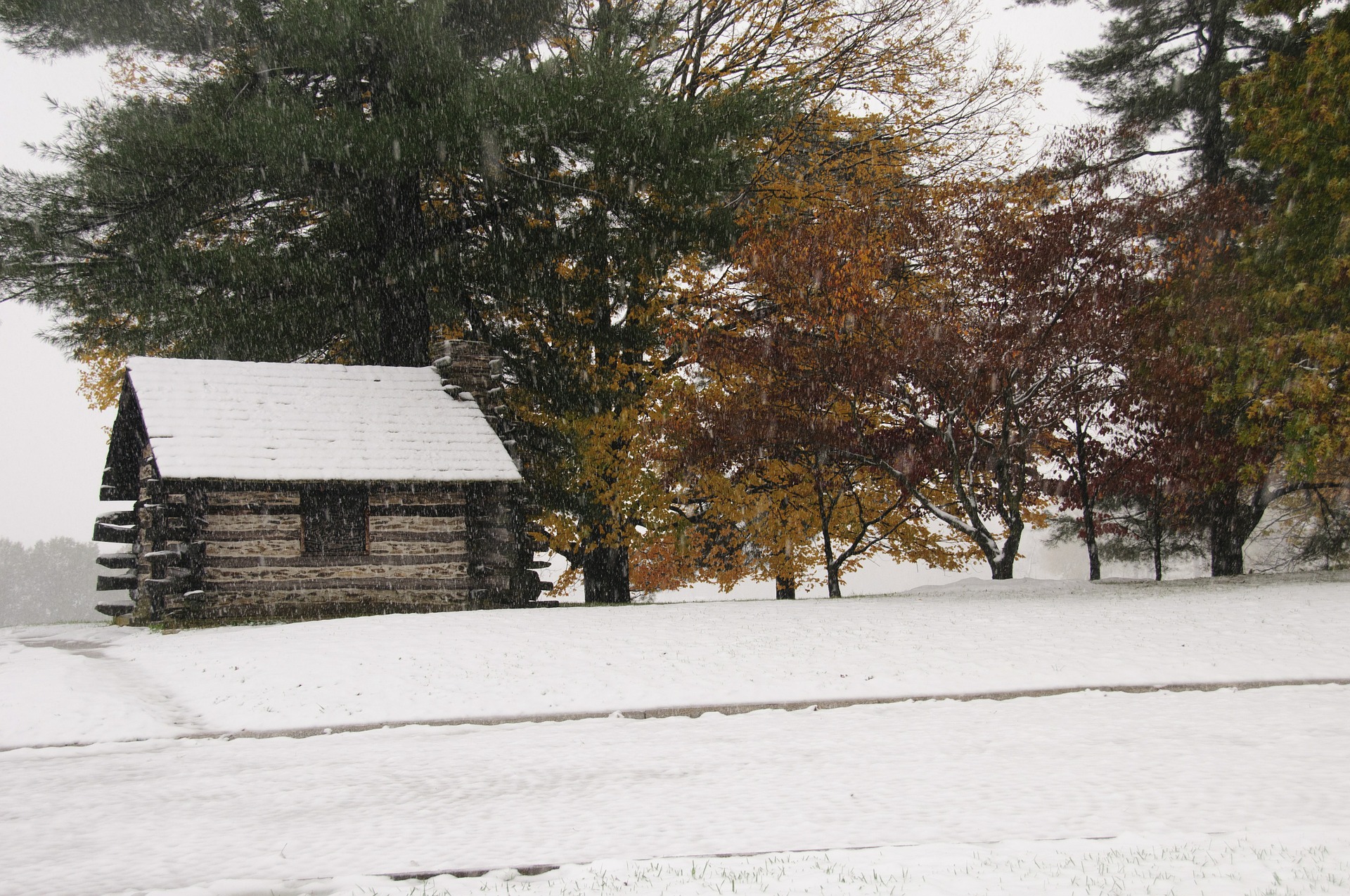
Discovering History Just Outside Philadelphia
Whether you’re new to the greater Philadelphia and Montgomery County area or you’ve lived there all your life, it’s easy to overlook the incredible history found in the less famous surrounding area. While there, consider taking time to explore haunted Montgomery County and visit spots known for their ghostly disturbances, including:
- Graeme Park in Horsham: Once the residence of Sir William Keith, the governor of Colonial Pennsylvania, this site is reportedly haunted by Elizabeth Graeme, a British loyalist during the American Revolution.
- Lorimer Park: This is where a mansion went up in flames during the 1800s, according to local lore. People often report the smell of burning wood and the sound of wailing cries, particularly on cold winter nights.
- Paoli Battlefield Historical Park: One of the Revolutionary War’s most horrific battles took place on this site, and it became the site of a paranormal investigation in October 2018.
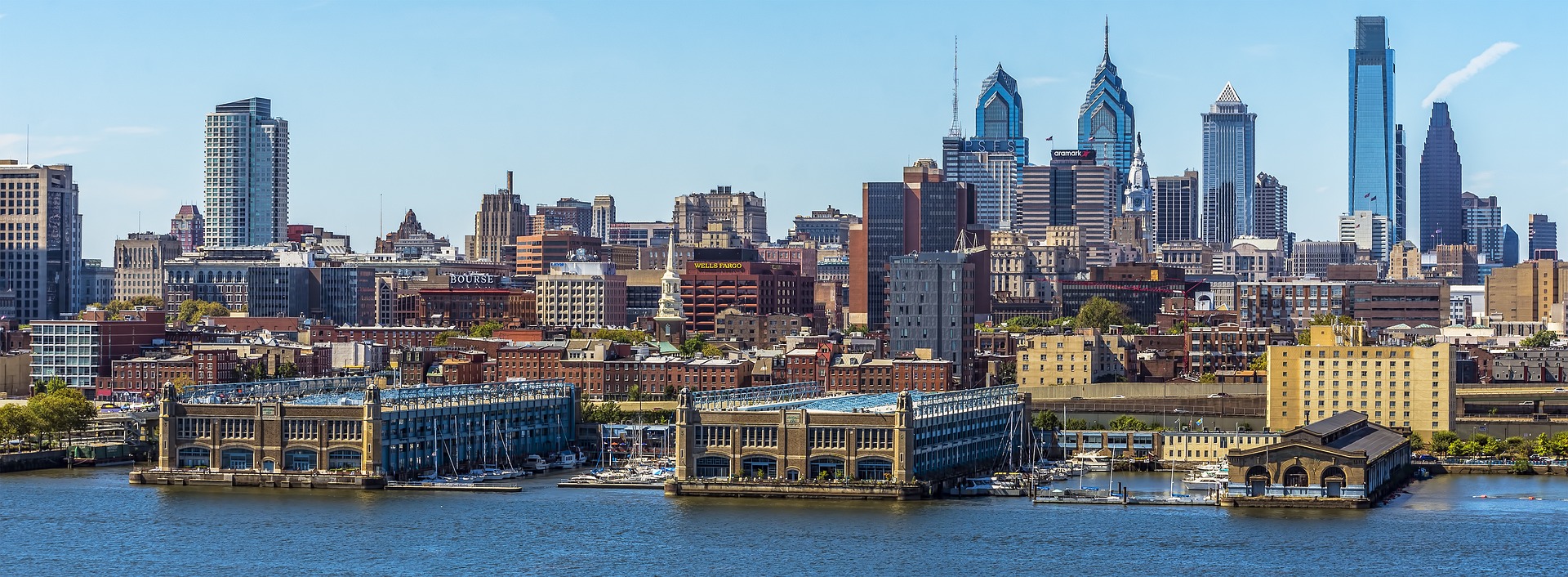
So, why was Valley Forge so important? Hopefully after exploring the monuments and attractions highlighting the Valley Forge American Revolution, you can answer this question. Life in Valley Forge wasn’t easy for the soldiers, but it can be sweet for people living there and visiting today.
If you’re relocating to the area instead of just visiting, you need plenty of time to get to know your new historical home base. Trust CORT Furniture Rental to handle all your furniture needs with minimum fuss, leaving you plenty of extra time to explore.







